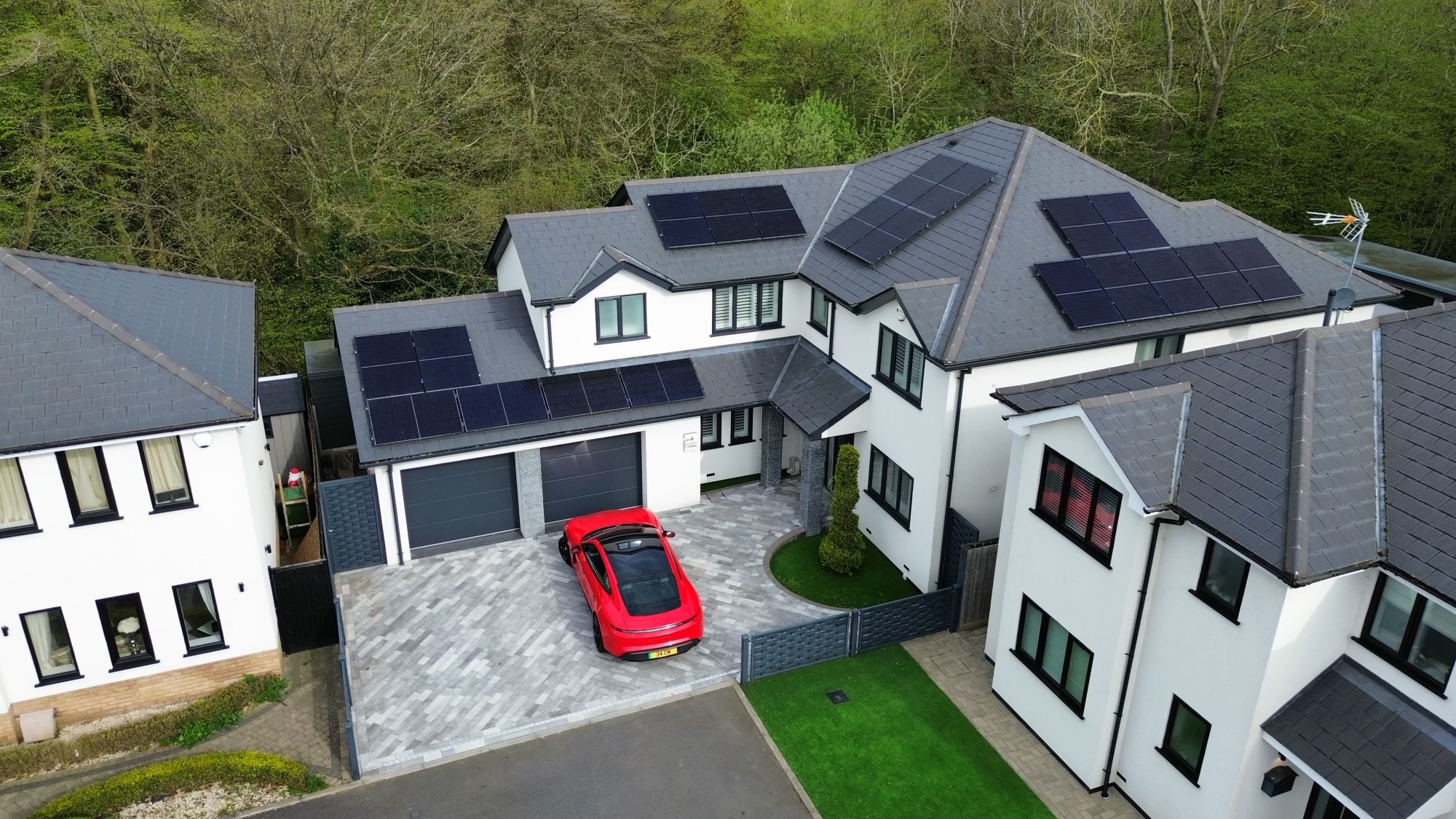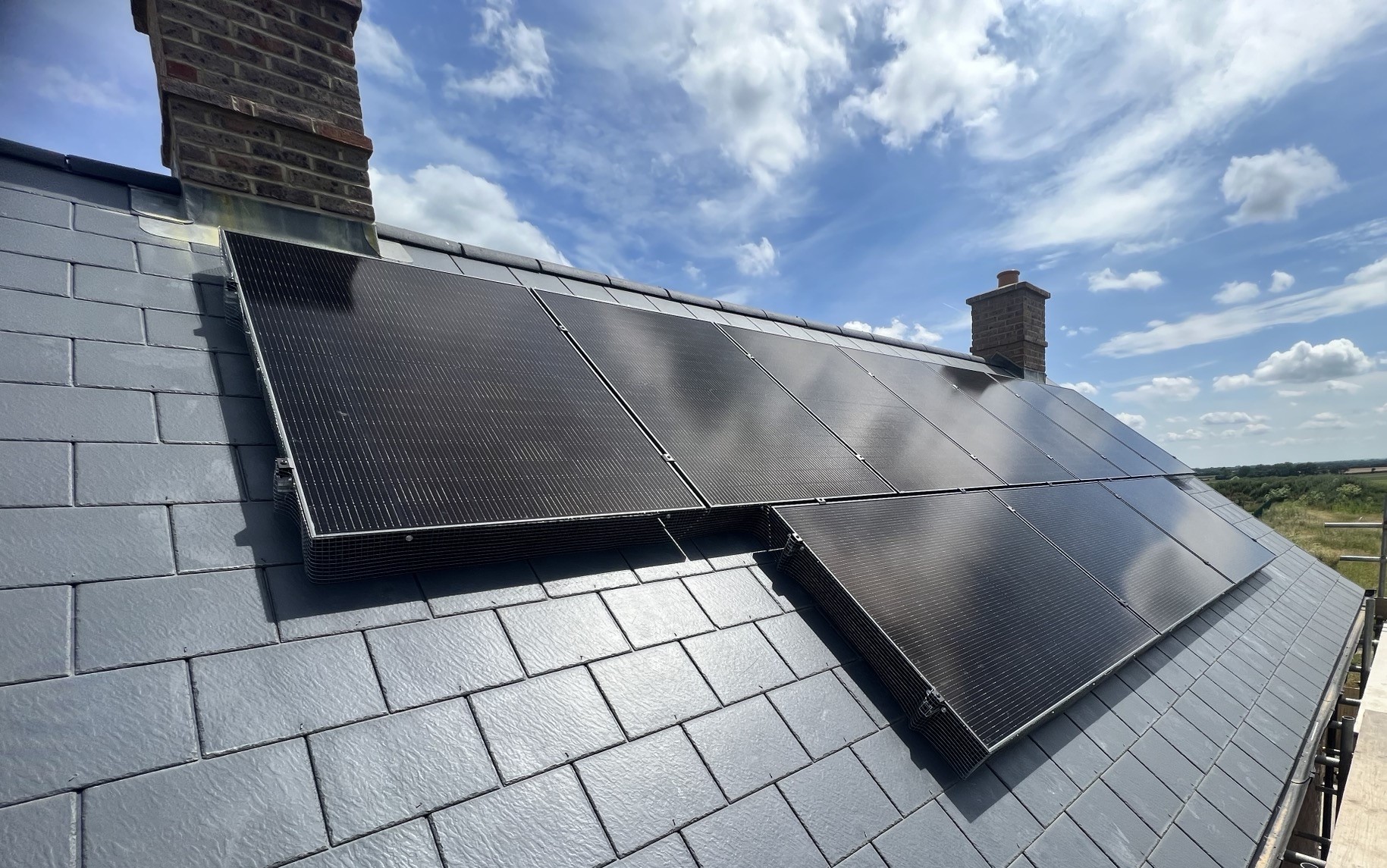There are a range of solar panels that are available on the market not only brands but also different types of solar panels that are made differently. These different types of solar panels offer different advantages and drawbacks.
Different types of solar panels
There are four main types of solar panels:
- Monocrystalline Solar Panels – these solar panels are made from pure silicon created from a single crystal. These solar panels are often one of the most expensive as there can be a lot of wasted silicon and it is an energy-intensive manufacturing process. However, they are the most efficient solar panels and they can also be more compact so they take up less space.
- Polycrystalline Solar Panels – these are also made up of silicon but they are made from fragments rather than a single silicon crystal. They are often made from the waste silicon from manufacturing monocrystalline solar panels. This makes polycrystalline solar panels less expensive than their monocrystalline counterparts. The drawback however is that the polycrystalline solar panels are less efficient as their silicon purity is lower and they tend to take up more space.
- Thin-Film Solar Panels – there is a choice of thin-film solar panels which are made of different types of materials – cadmium telluride (CdTe), copper indium gallium selenide (CIGS) and amorphous silicon (A-Si). CdTe solar panels have a lower production cost, have a lower environmental manufacturing impact but have a recycling issue due to how toxic cadmium is. CIGS solar panels use a thin layer of metals on a glass or plastic backing which makes them the most efficient of the thin-film panels but not as efficient as the crystalline counterparts. Amorphous silicon solar panels are silicon-based but use a smaller amount of silicon which makes them cheaper to manufacture but they produce much lower efficiencies.
- Passive Emitter and Read Cell Panels (PERC) – this is a newer technology designed to improve monocrystalline solar panels by adding a passivation layer of silicon on the back of the panel to improve efficiency. This increases the cell’s efficiency by reflecting light back into the cell and enables greater wavelengths of light to be reflected. When combined with crystalline solar panels it can increase the efficiency of the panels by a further 5%.
Which type of solar panels are the best?
The key factors that distinguish the types of solar panels are their efficiency and price. For most people installing solar panels, price is a key factor, but efficiency is crucial as this will impact what you will gain from the installation.
The efficiency of solar panels varies depending on the type:
| PERC Assisted Solar Panels | Can add 5% to Monocrystalline |
| Monocrystalline Solar Panels | 20%+ |
| Polycrystalline Solar Panels | 15-17% |
| CIGS Solar Panels | 13-15% |
| CdTe Solar Panels | 9-11% |
| Amorphous Silicon Solar Panels | 6-8% |
Cost is the other key factor when choosing a type of solar panel, although the balance between cost and efficiency should also be a considered as the lifetime energy generated versus cost may be better on the higher cost panels such as monocrystalline.
Monocrystalline solar panels are the most expensive solar panels at the moment, however they are the most popular type of solar panel found in the UK now. The extra efficiency and lower space requirement often makes them the far better option.
Thin-film solar panels are the least expensive followed by polycrystalline solar panels but both of these provide notably lower efficiencies.
The thin-film solar panels vary in cost with amorphous silicon being the cheapest followed by CdTe then CIGS.
If you are considering solar panels for your roof and are unsure which type of solar panels are the best for you, contact us and we can help you. With years of experience installing solar panels of various types, we can talk you through the options and help you decide which will offer the best solution for your needs.
Download our solar guide
Get our free guide to Solar Panels. The best resource for starting your journey into Solar.





